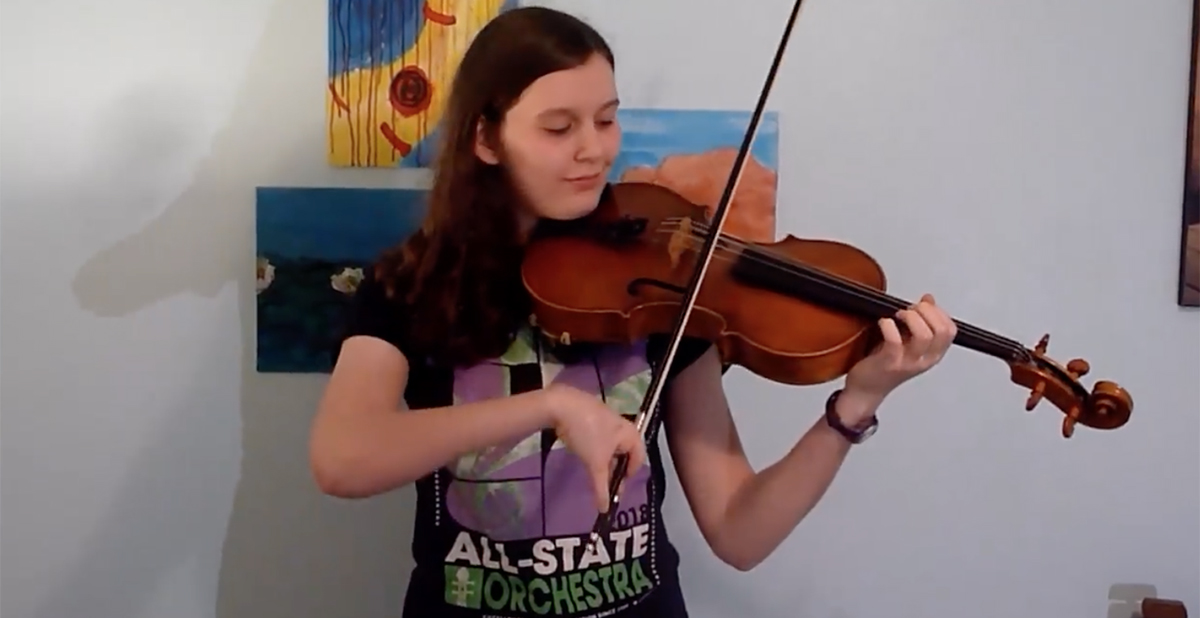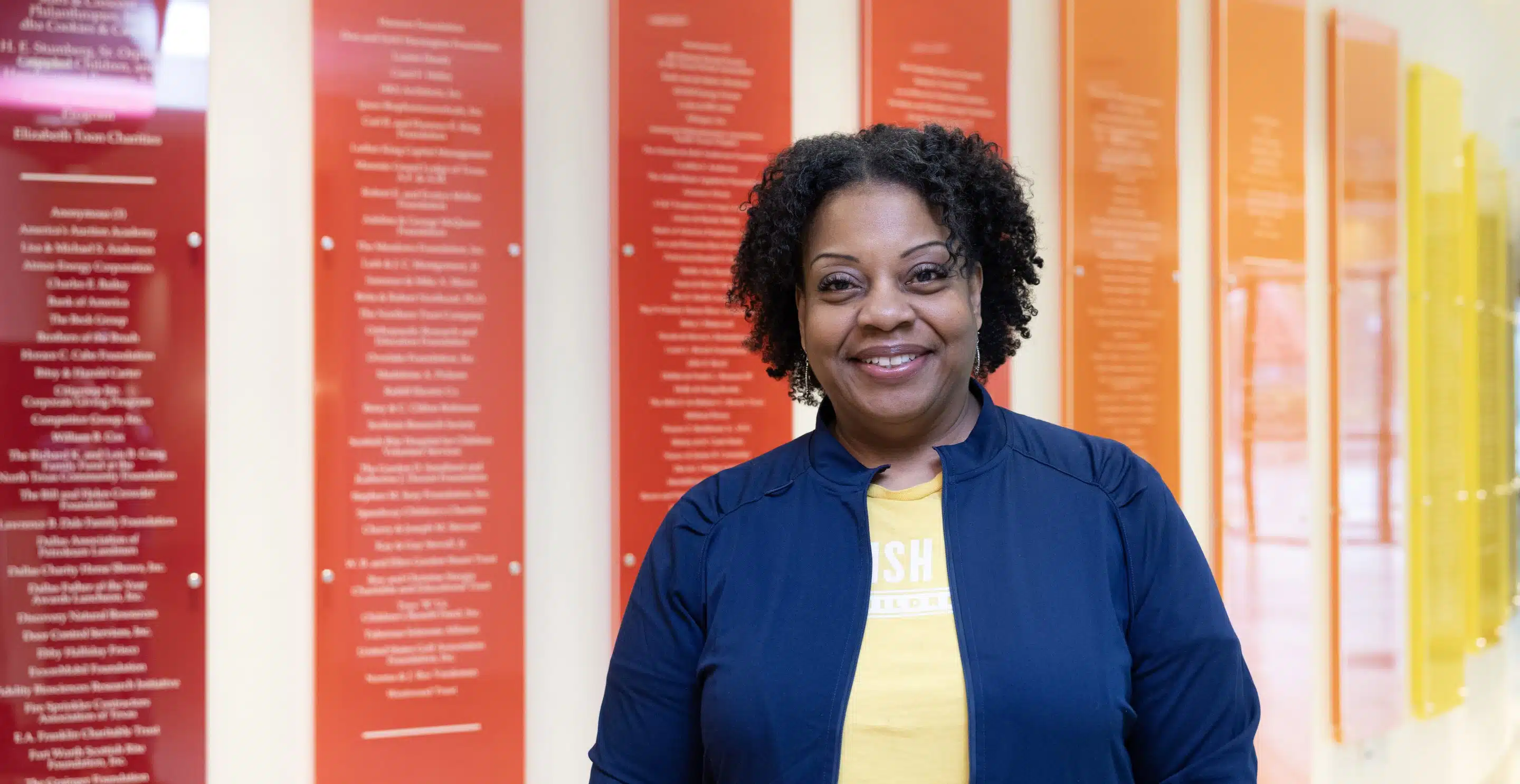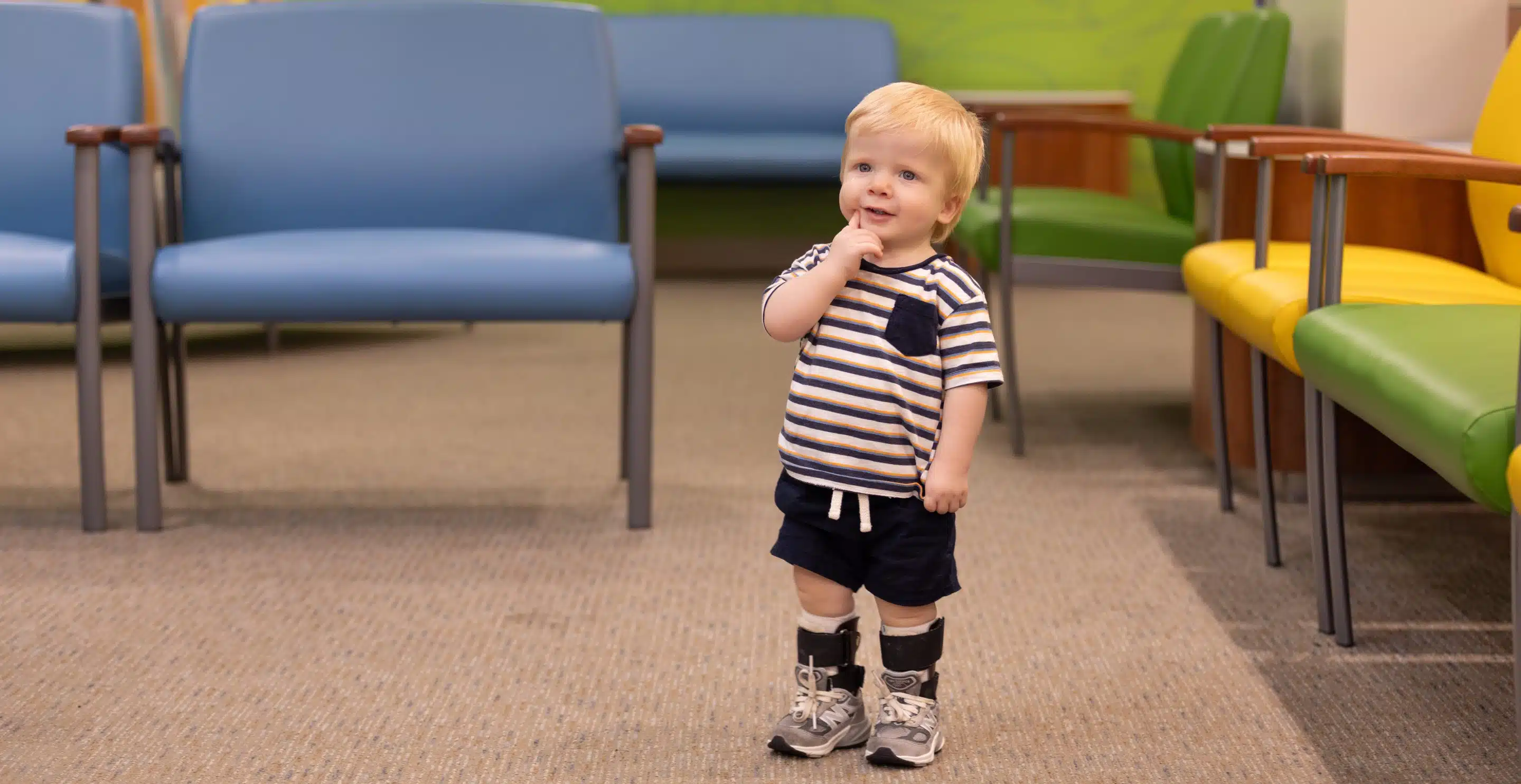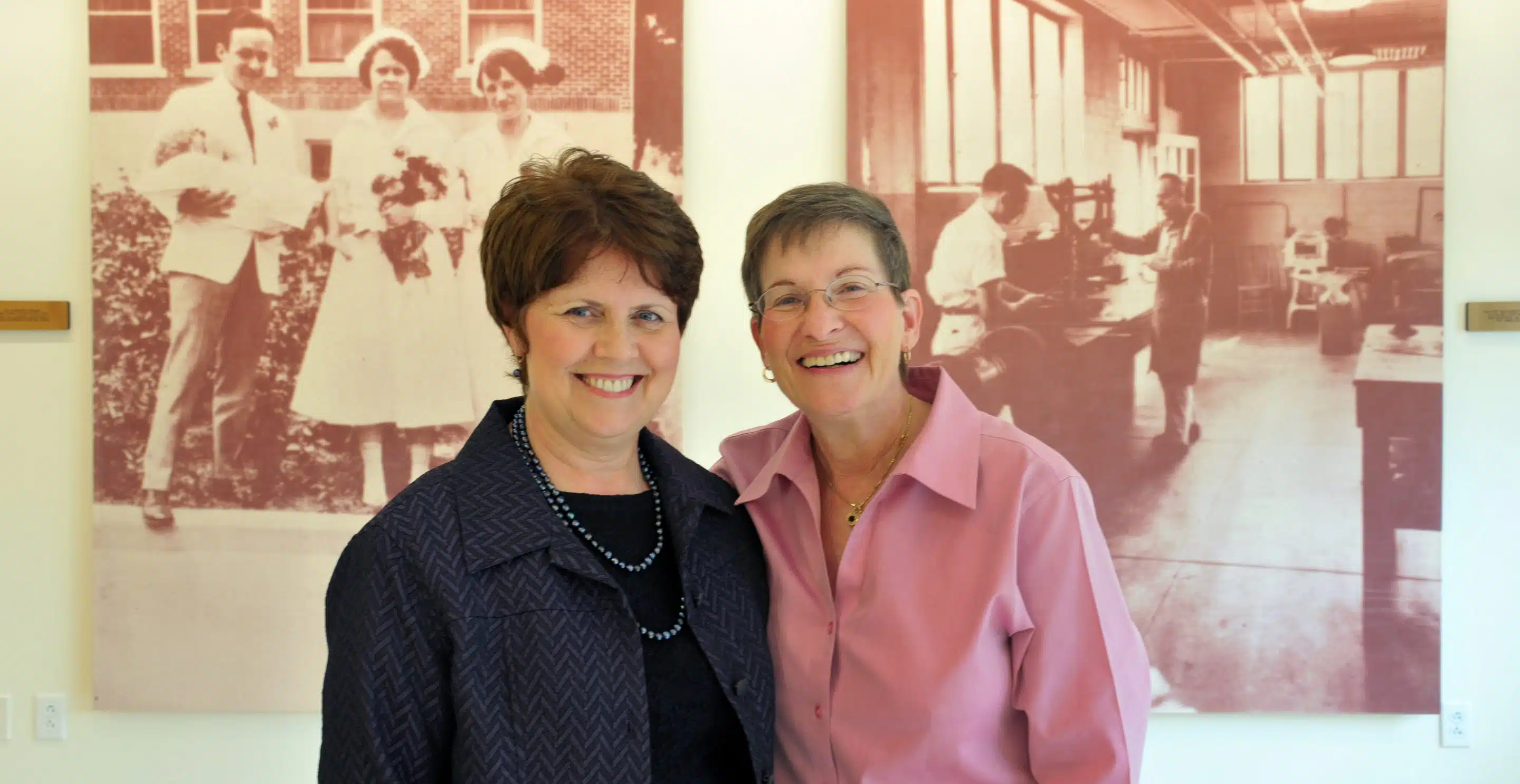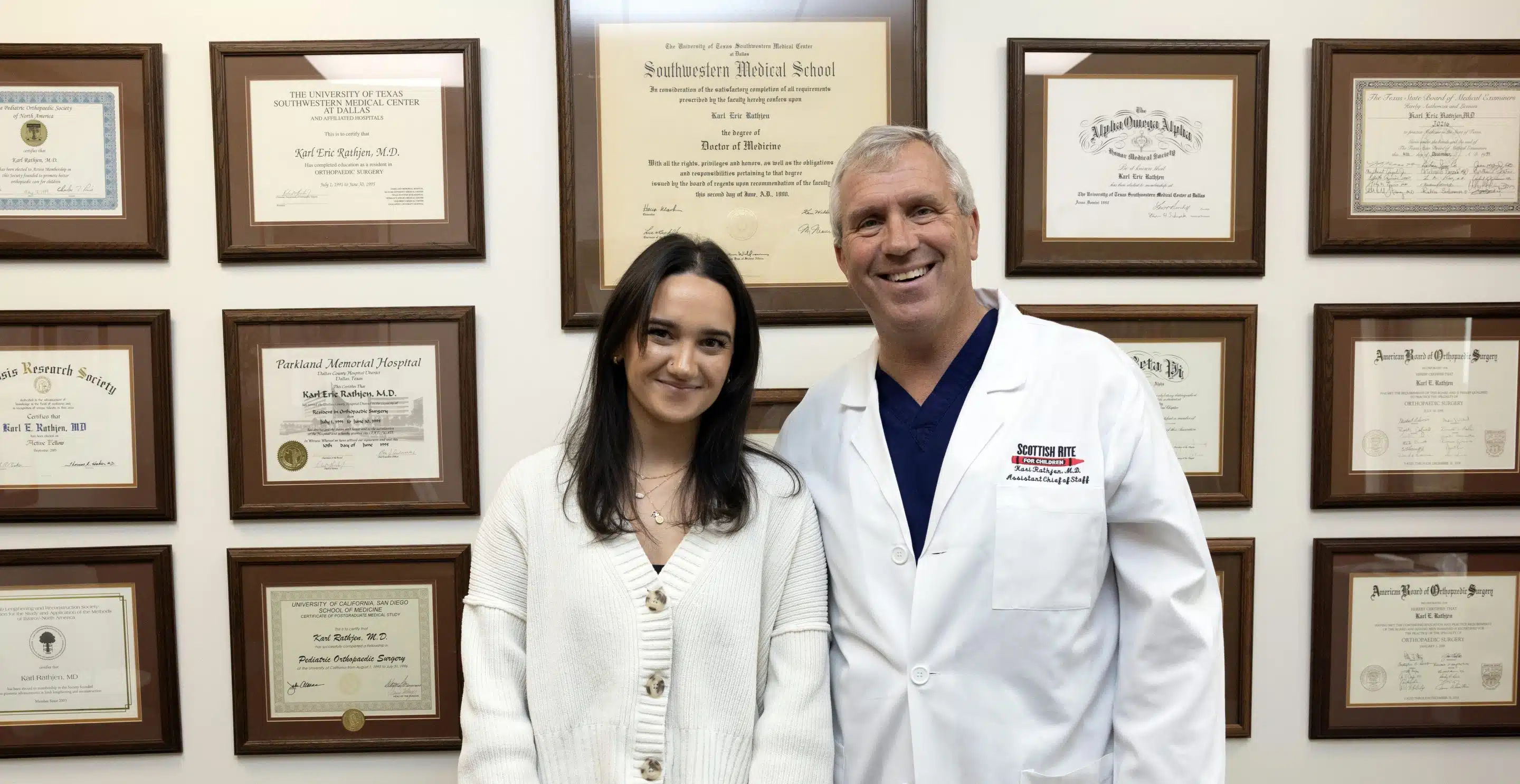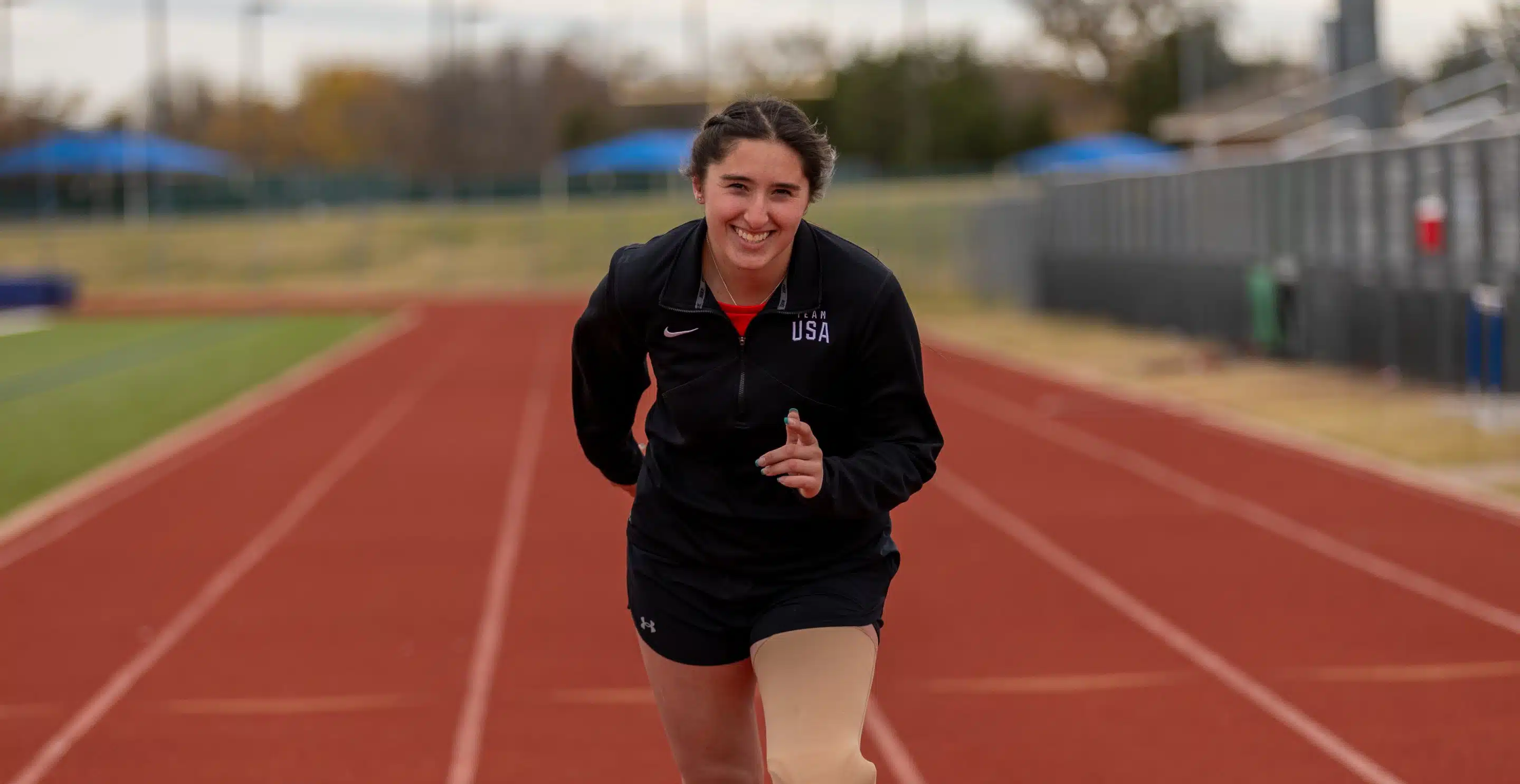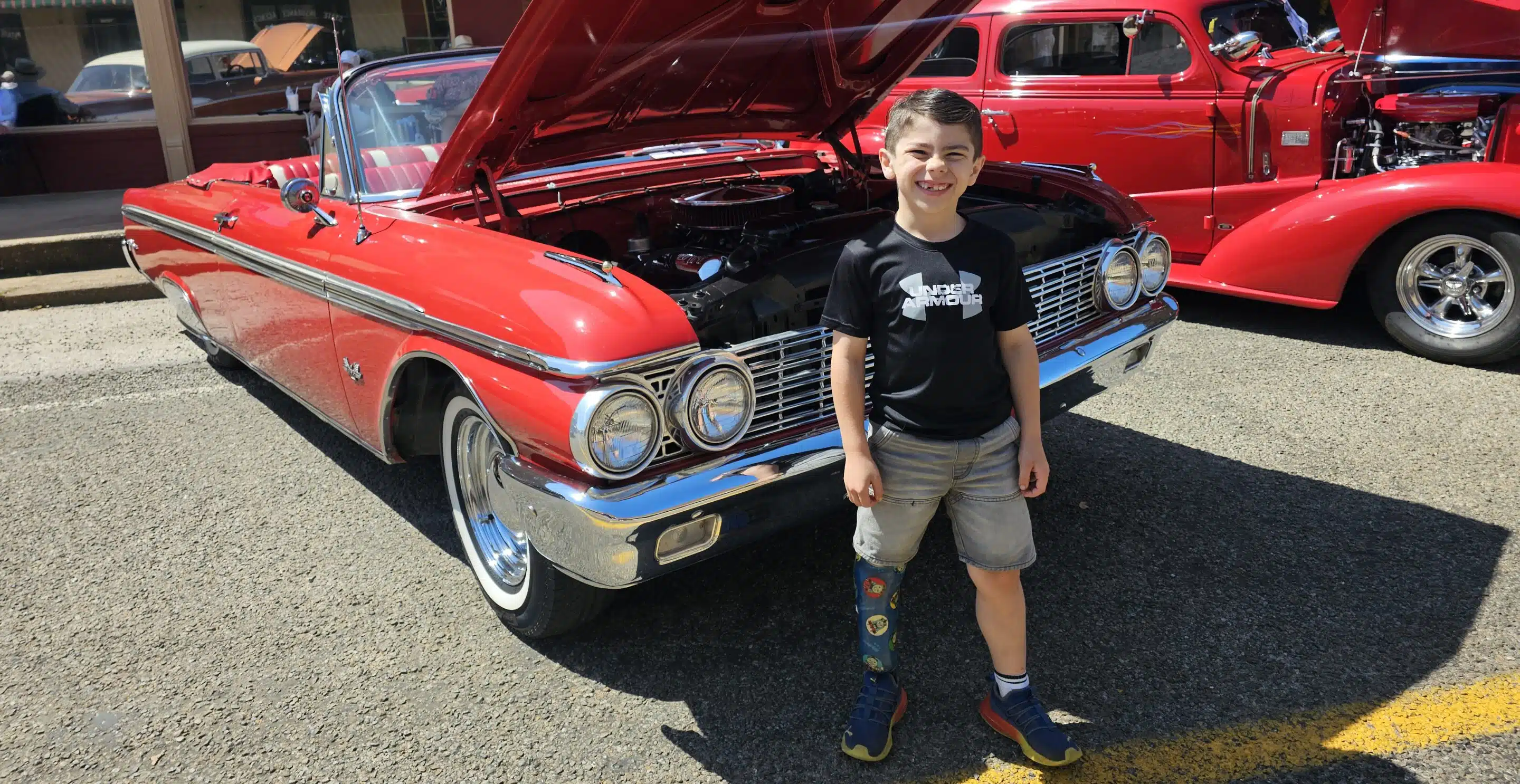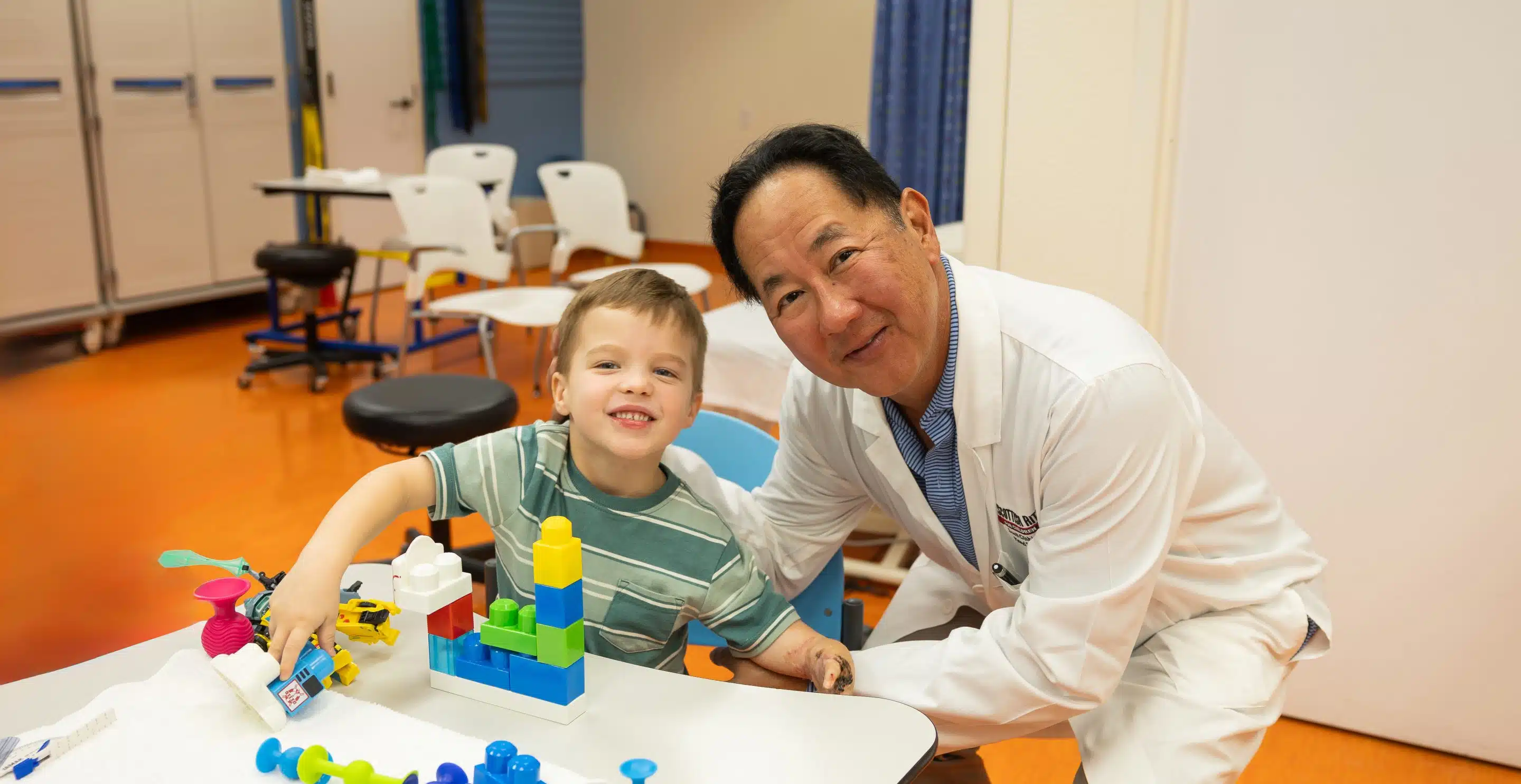Our Center for Excellence in Hand cares for the common to the complex of upper extremity disorders. Depending on the patient and their hand difference, our experts put together an individualized treatment plan to help the child have the most function as possible.
One of the common hand conditions seen at the hospital is symbrachydactyly. Although the literal definition of this term is “short, webbed fingers,” many different presentations can be seen.
Here are the top things to know about the condition:
- Symbrachydactyly occurs when an arm or hand does not develop completely while the child is in the womb. Depending on the case, it is possible for the child to be missing joints, fingers or an entire hand. A child could have small finger remnants called “nubbins.”
- Children with the condition are generally healthy.
- The direct cause of this condition is unknown and a genetic etiology is not thought to be present.
- It does not cause any pain to the child.
- Our team works with each patient to help them function independently and participate in normal activities.
Learn more about the common hand disorders our experts treat.


